The 10 best and worst sampled tunes ever!
When it comes to sampling, taste (or lack of it) is paramount, so here are our top ten sampled tracks, ranging from the sublime to the ridiculous...

Intro
At its best, sampling is the equivalent of audio alchemy, turning lead (a rubbish bit of music) into gold (something that sounds freakin’ awesome). Of course, things can work the other way too, and it’s not uncommon to hear a beautiful piece murdered by a cynical or merely producer.
Regardless of the quality of the outcome, researching sample sources can be a great way to discover music. Hip-hop in particular can be a goldmine for those seeking to educate themselves about soul, jazz and funk, though in recent years its source of inspiration has become more, shall we say... eclectic. Sometimes dance music artists have been deliberately provocative in their choice of samples, though often they’re content to keep working with material that’s been thoroughly tried and tested.
To celebrate how fun, creative, and occasionally horrific sampling can be, here’s our top ten of good, bad, and downright ugly sampled tracks. Be warned: the following slides feature the images and music of artists you may well wish had been consigned to history, so continue at your own risk...
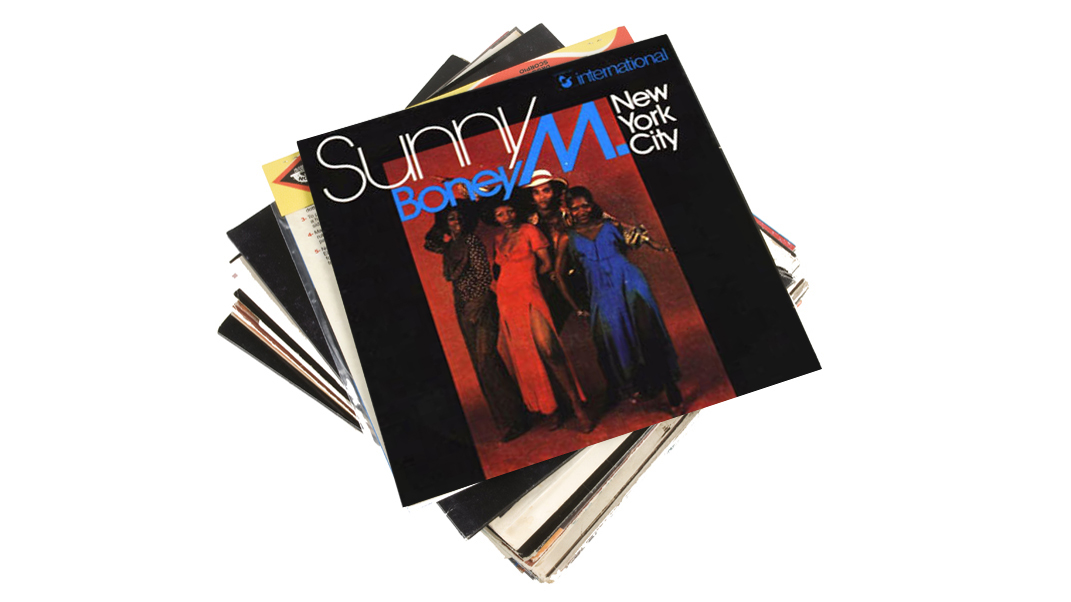
1. Boney M - Sunny
Coming straight outta Bonn, Boney M were West Germany’s premier poppy disco export of the late 70s. While they perhaps weren’t exactly cool at the time, they’re retrospectively gained a fair bit of credibility thanks to their awesome arrangements which have been sampled by everyone from Camo & Krooked to the Insane Clown Posse.
The most famous Boney M-sampling track has to be Duck Sauce’s infectious Barbra Streisand, but before that was a hit their beautifully arranged, string-swathed cover of Bobby Hebb’s Sunny was recycled by both The Prodigy for their festival favourite Full Throttle (check out those freaky flanged hats!) and Mark Ronson for his Ghostface Killah and Nate Dogg featuring hip-hop jam Ooh Wee.
The way Ronson aggressively cuts Sunny’s soaring strings emphasises their staccato nature, providing his MC chums with a catchy but bangin’ beat to rhyme over.
Both the modulated hats and string riffs were sampled by Boney M’s fellow Teutons the Boogie Pimps for their poppy house cover of Sunny which features an utterly incomprehensible music video.
Sunny wasn’t as big a hit as its predecessor Somebody To Love, despite - or, more worryingly, possibly because of - the latter’s creepy, Oedipal objectification of the female form in its video (which also makes it almost certainly NSFW, depending on exactly how kinky your office is).
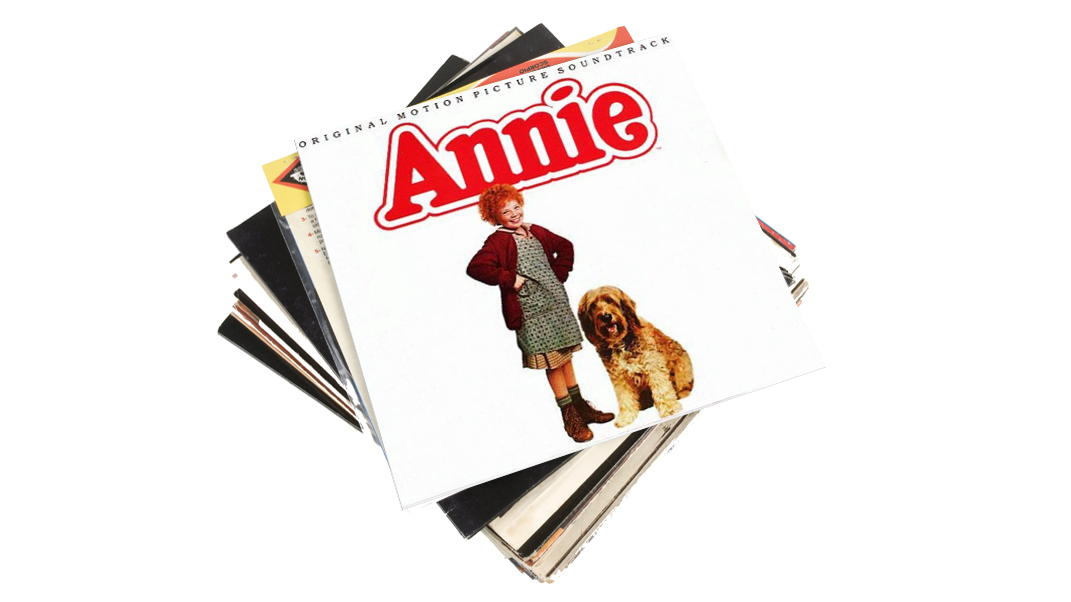
2. The original Broadway cast of Annie - It's the Hard Knock Life
In Jay Z’s autobiographical Moment of Clarity the Brooklyn boss says ”I dumbed down for my audience to double my dollars”, and this seems likely this is a reference to the more commercial nature of his third album Vol. 2... Hard Knock Life and its The 45 King-produced breakthrough single Hard Knock Life (Ghetto Anthem).
Which, if nothing else proved that you can get away with sampling the squeaky original Broadway cast of Annie if you properly sound like you’ve dealt drugs and put (Ghetto Anthem) at the end of the track’s title.
It’s the Hard Knock Life is a far cry from the sample sources used on Jay’s first, and arguably most authentic LP Reasonable Doubt (which included delights such as the diaphanous Eddie Henderson-sampling Coming of Age and celestial Lonnie Liston Smith-imbued Dead Presidents II) but clearly Jigga and The 45 King are nobody's fools, and cut through the saccharine of the Annie sample by teaming it up with a massive bassline and lyrics that are by no means kid-friendly.
Jay-Z’s musical theater moment might not have been his most credible, but it certainly didn’t hurt his career and he went on to serve as a producer on the 2014 remake of Annie, which includes a familiar-sounding version of It’s the Hard Knock Life.
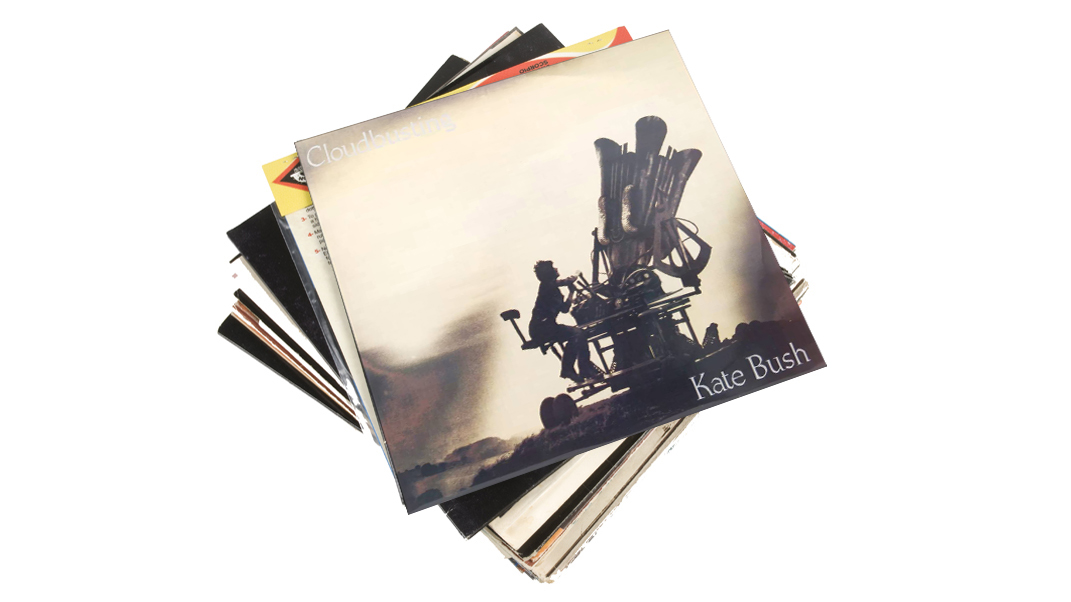
3. Kate Bush - Cloudbusting
Godlike genius Kate Bush is no stranger to being sampled, and bits of her tracks have cropped up with regularity particularly in the UK’s underground dance music - all the way from proto-jungle and breakbeat hardcore through to intelligent DnB and post-dubstep.
The biggest Bush-sampling track, however, is something a lot more accessible: Utah Saints’ poppy piano rave anthem Something Good.
Like most electronic acts of the early nineties Utah Saints were critically ignored, but their sampling here is extremely clever: not only do they manage to fit a big multi-element chunk of Bush’s beautiful Cloudbusting featuring strings, beats and vocals into an already packed track, they perform some cool repitching, rearranging, and pitch-bending tricks to create a catchy new hook.
The track’s video even featured footage from Bush’s Cloudbusting clip, and the Saints / Bush alliance managed to figuratively make it rain, scoring a big hit in 1992 on both sides of the Atlantic, and again all over the world in 2008 courtesy of big remixes from Van She and High Contrast, albeit with a replayed vocal.
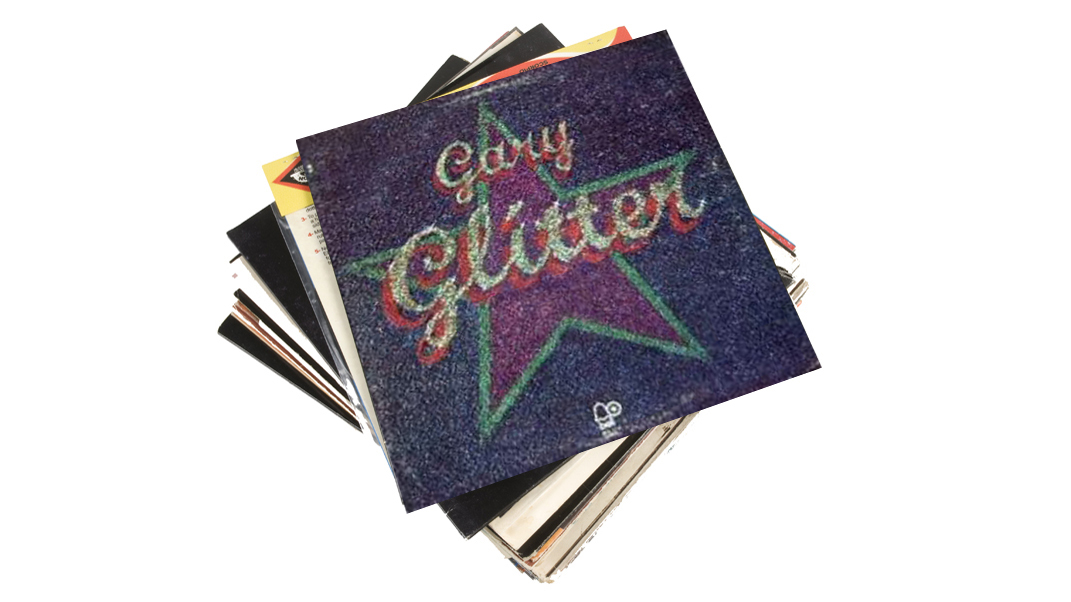
4. Gary Glitter - Rock and Roll (Part Two)
Unless you were fortunate enough to be around in the early 90s you’ve likely never heard of The KLF, an avant garde group that made insane records and videos.
The KLF had an impeccable pop sensibility that saw them become enormously successful then promptly leave the music industry and delete their back catalogue... but not before firing blanks over the heads of the 1992 Brit Awards audience and apparently dumping a dead sheep outside the ceremony. They don’t make ‘em like that any more!
The group’s first hit, Doctorin’ the Tardis as The Timelords in 1988 was by their own admission lowest-common denominator, but it was one of the first big chart ‘mashup’ hits, creating surprisingly cohesive (though dumb) track out of the Doctor Who theme tune, Sweet’s Blockbuster and infamous glam rocker Gary Glitter’s stompy Rock and Roll (Part Two).
Naturally this Frankenstein’s monster of a record hit #1 in the UK single chart, paving the way for the rest of The KLF’s bonkers career.
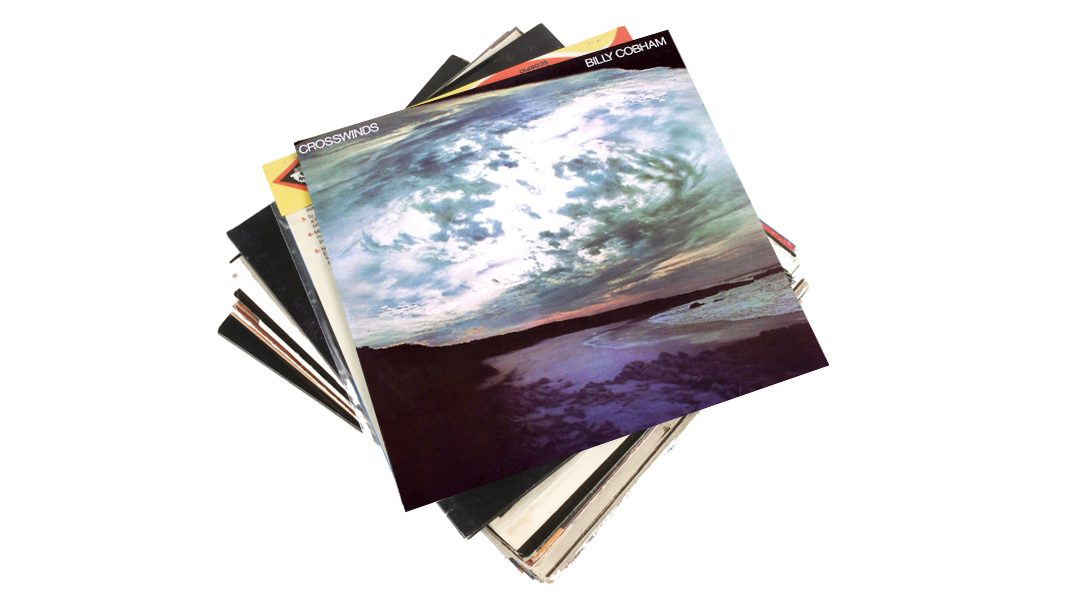
5. Billy Cobham - Heather
Jazz drumming legend Billy Cobham isn’t afraid to let it all hang out and get freaky on head-mangling ten-minute tracks like Stratus (sampled by Massive Attack amongst others), but his most-sampled track by far is Heather.
It’s possibly the most chilled-out tune in the history of music, and one that’s been sampled by more than thirty artists in genres ranging from classic hip-hop (Souls of Mischief) and lounging house (J Paul Getto) to contemporary gangsta rap (Rick Ross ft. Lil Wayne) and liquid DnB (Alix Perez & Sabre).
Heather is a great track to sample from for a variety of reasons; its beats are quiet, unobtrusive and don’t play for much of the track. It’s got an awesome timbre that lends itself well to low sample rates (check out the crunchy aliasing in the Souls of Mischief track).
There are parts where just the bass and electric piano play, making it pretty easy to isolate the bass with some simple filtering, and the sax part that kicks in about halfway through the track is full of delightful licks to play with. If there was ever a track that was begging to be sampled, Heather is it!
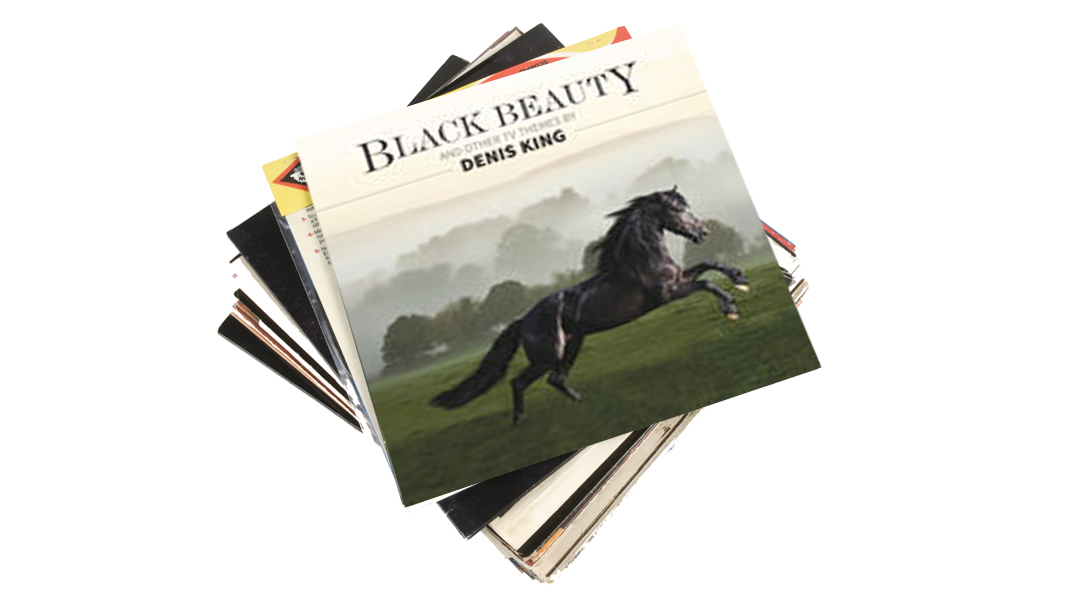
6. Denis King - Galloping Home
Better known as the stirring theme from Black Beauty, Galloping Home was sampled in Bolt by Horsepower, a late entry in the ‘toytown techno’ boom of the early 90s that even electronica luminaries such as Liam Howlett, Richard D. James, Mark Pritchard and Ron Wells got involved with to varying degrees.
Despite being a pretty cynical effort, Bolt is at least well-produced, teaming up the epic timpani and strings of Galloping Home with some well-chosen second-generation breakbeats, specifically Dr Dre’s tasty take on the Amen break from Straight Outta Compton and Kid ‘n Play’s slamming Think beats from Do This My Way.
Unfortunately Horsepower tossed quite a lot of nonsense into the mix as well, including a superfluous intro half-inched from Rossini’s William Tell Overture and some rather worrying groaning noises of unknown origin that bring to mind Equus rather than ecstasy.
All in all, Bolt won’t go down in rave history as a classic, but it’s by no means the worst of toytown techno. Plus, the track gives us a valuable insight into what a cash-in rave record created by Alan Partridge might sound like.
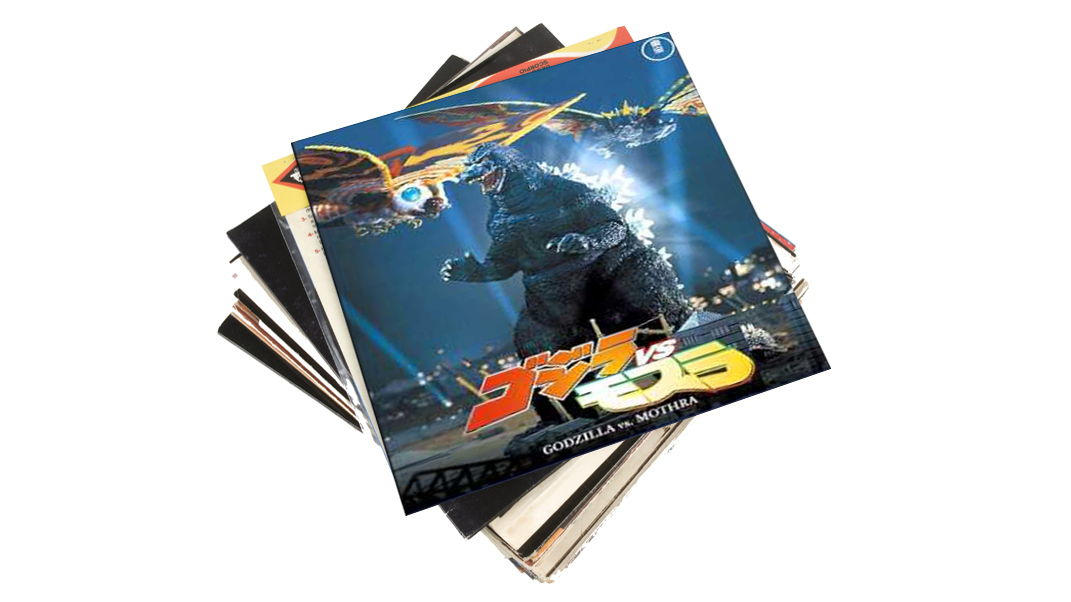
7. Akira Ifukube - Gojira tai Mosura
1992’s Gojira tai Mosura (Godzilla vs. Mothra) is of course the 19th film in Toho Co.’s Godzilla movie franchise, and while it’s famous in Japan for being a monster hit - even unadjusted for inflation it’s the highest grossing film in the entire series - it’s not really that of a big deal in the West, despite looking totally awesome.
However, you’ll almost certainly recognise the boisterous sound of its larger than life theme tune thanks to its inclusion in Pharoahe Monch’s self-produced club banger Simon Says.
Intro aside, Simon Says features just four ascending notes from Gojira tai Mosura... but what notes they are! You could rap your grandmother’s shopping list over the top of that and it’d still sound amazing, and Monch isn’t the only one to utilise their raw power...
DnB stars Pendulum and ShockOne both featured Ifukube’s big, brassy stabs in over-the-top dancefloor bangers, Dutch house don Vato Gonzales got in on the action with Badman Riddim, and French MC Grems annexed it for his mental Rencontre Avec Un Ballon (Encounter With A Ball). Sadly, not every Godzilla-related song ends up being quite so bad-assed, especially this one inspired by the risible US version from 1998.
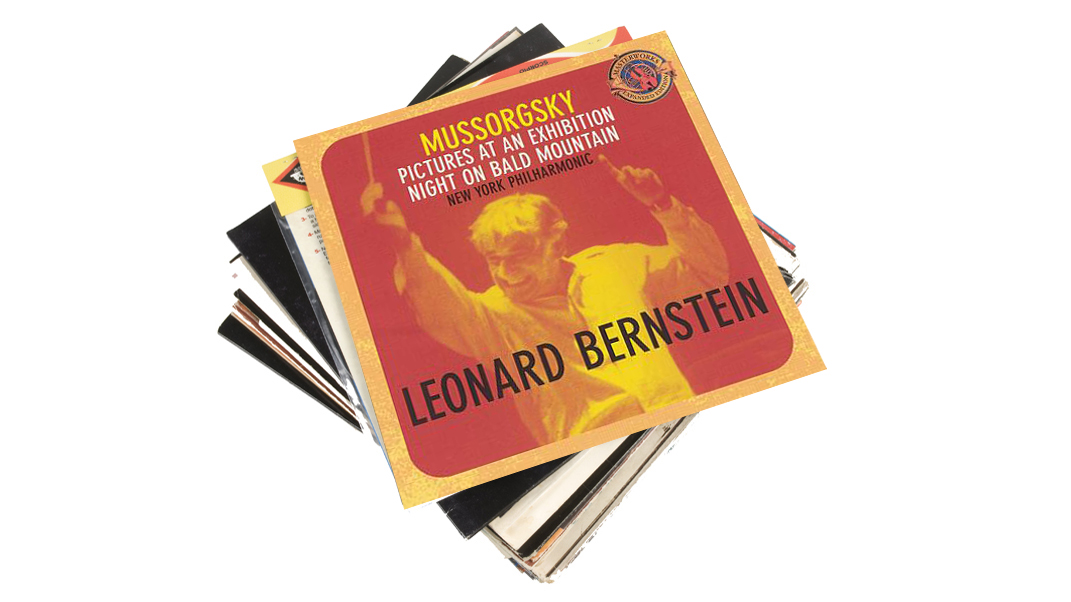
8. Leonard Bernstein and the New York Philharmonic Orchestra - Night on Bald Mountain
Despite sounding like a particularly specialist ‘art’ film, Night on Bald Mountain is actually a tone poem composed by 19th century badman Modest Mussorgsky, and was inspired by Russian literature and legends.
Even if you’re not familiar with the original you’ll likely have heard it elsewhere: it’s been covered (and subsequently sampled by hip-hop legends Eric B. and Rakim) by cratedigger favourite Bob James; eclectically reworked by those cat-loving, chiptune-death metallers Pryapisme; featured in Disney’sFantasia; and it even crops up in 90s video game frustration-fest Earthworm Jim.
However, it’s the strident Leonard Bernstein-conducted New York Philharmonic Orchestra version that was sampled by producer Swizz Beatz for reality TV star and ex-Terror Squad member Remy Ma’s ode to indifference Whuteva. Swizz’s cunning use of the Mussorgsky sample results in something so special it would be deemed too filthy and futuristic to make onto the soundtrack of The Matrix.
Those after an even more exotic interpretation of Mussorgky’s work would do well to investigate Japanese synth genius Tomita’s version of Pictures at an Exhibition, which is fair packed with crazy sounds to sample, as Wu-Tang boss RZA demonstrated on the atmospheric intro of Method Man’s Tical.
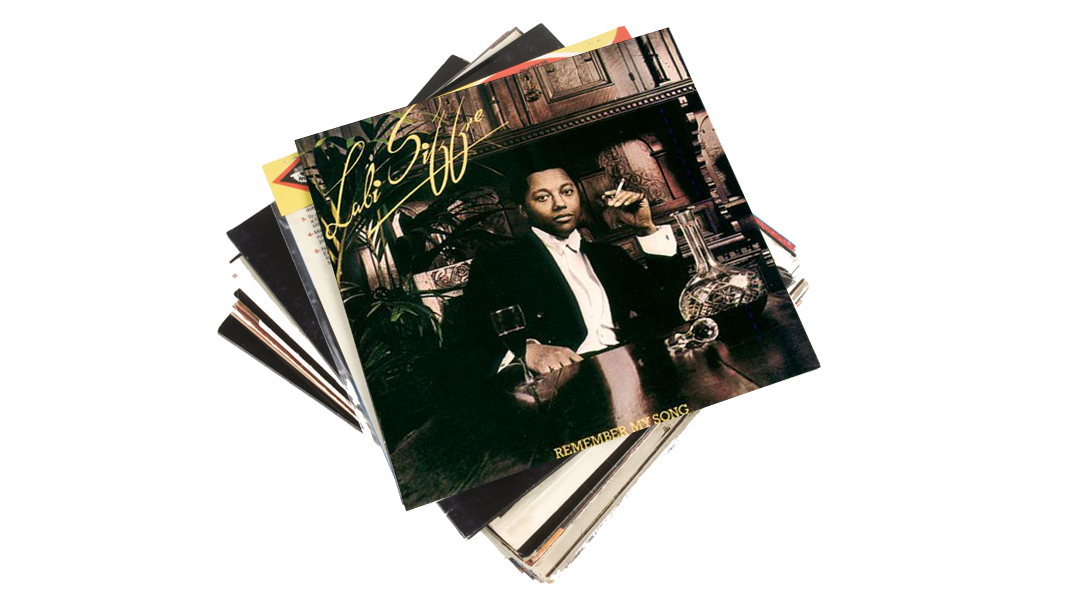
9. Labi Siffre - I Got The...
Hip-hop doesn’t get much more American-sounding than Eminem’s lolloping, Dr Dre-produced mainstream debut My Name Is, and the source of its sample is the appropriately funky I Got The... by Labi Siffre.
Surely much like Marshall Mathers, I Got The... must be the product of grim inner-city America? Not quite: rather than hailing from Detroit, Siffre was actually born in Hammersmith! What’s more he’s openly gay, and apparently initially refused to clear the sample until changes were made to the song’s homophobic lyrics. Right on Labi!
Amazingly, that’s not even the coolest bit of trivia about I Got The… The guitar and bass parts were performed by none other than cockney knees-up merchants Chas & Dave of flippin’ Rabbit fame.
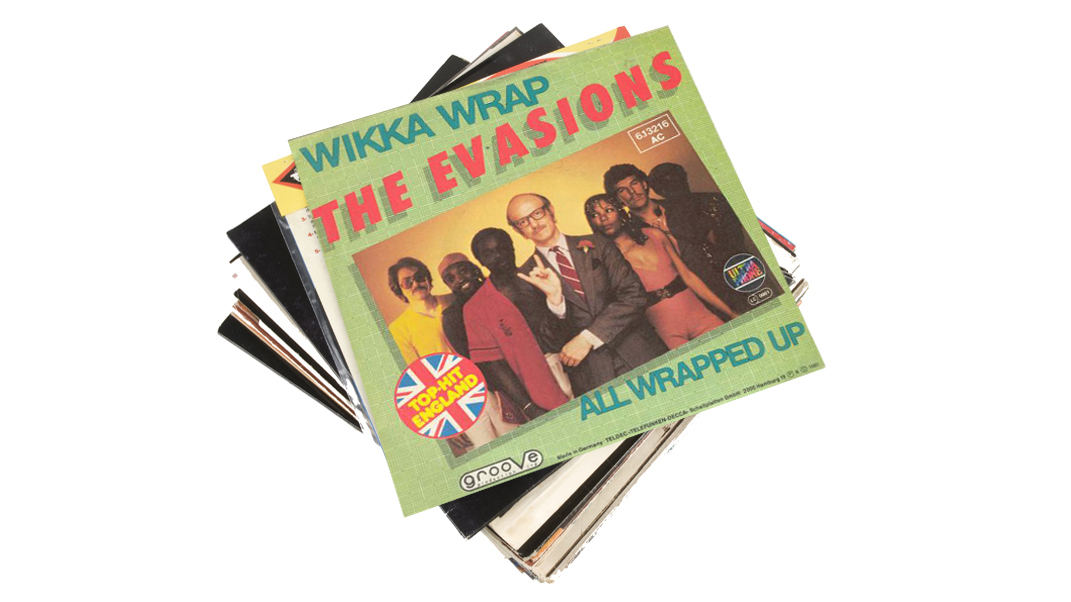
10. The Evasions - Wikka Wrap
‘80s music often gets a rough rap from critics, but how can you stay mad at a decade whose hits included this Bournemouth-referencing novelty rap song inspired by Alan Whicker’s globetrotting documentary series?
Yes, it sounds like an unforgivably terrible ideal, but Wikka Wrap is a fantastically groovy guilty pleasure that takes inspiration from classic funk tracks like Funkin’ for Jamaica, Give Up the Funk (Tear the Roof Off the Sucker), and tons more.
Wikka Wrap returned to the public consciousness in the mid-90s after it was sampled by the crazy-haired Coolio for his discofied radio rap jam 1, 2, 3, 4 (Sumpin' New), cutting up the vocals of Alan Whicker impersonator and Evasions songwriter Graham de Wilde (who bizarrely went on to write the 1984 Whicker’s World theme Newsweek) to create a catchy hook.











